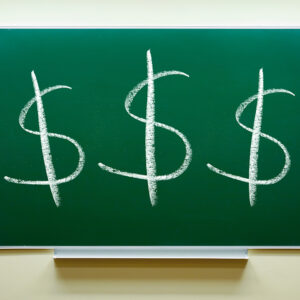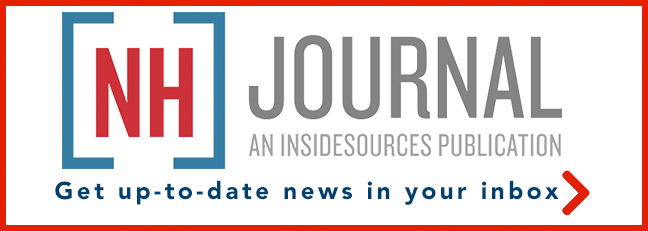The cost per year per student in the Kearsarge Regional School District for 2025-2026 will be over $33,000.
Let’s dive into the numbers. Numbers show no emotion, but they reveal so much.
The school district underspent by $3.7 million in 2024 (page 17 Audited Financial statement) but still increased this year’s budget by almost $2 million.
The district is also offsetting the upcoming budget by over $2 million that was collected in taxes last year.
The general budget for 2025-2026 is $55,387,481. The voters in the seven-town school district are not allowed to vote this budget down at either the first deliberative session in January each year or at the ballot in March. Note that Kearsarge has a charter and articles of agreement that are specific to Kearsarge.
The budget may be amended at the January deliberative session, but it was not this year. A motion to amend the budget at the first deliberative session may be made and seconded, and if it receives a majority vote, it will appear on the March ballot as a third choice.
This year the March ballot will read: Vote for one: A. $55,387,481 recommended by the School Board or B. $55,387,481 recommended by the Municipal Budget Committee.
Add in the Collective Bargaining Agreement with teachers of $857,617 for 2025-2026, which the voters may decide not to approve at the March ballot.
If the Collective Bargaining Agreement receives a majority vote in March and is added to the 2025-2026 budget, the budget will be $56,245,098, which, divided by 1,668 students, equals $33,720 per student.
If the Collective Bargaining Agreement fails at the March ballot, the cost will be $33,205 per student.
The number of students can be determined by running a report on the NH Department of Education website to see how many students were reported enrolled at Kearsarge as of October 2024.
Enrollment for fall 2025 may be lower or possibly higher, but the trend has been declining enrollment and increasing cost over the past ten years. Kearsarge showed enrollment in 2006 – 2007 to be over 2000 students, which did not include kindergarten.
The school board did not have a coherent answer on January 4th when asked to identify the cost per student. The sentiment at the January deliberative session was that “The kids are worth it.”
Unfortunately, the huge cost has not paid dividends in student achievement. Search Kearsarge on iachieve NH Department of Education and find that 40 percent of Kearsarge students are not proficient in reading and writing. In math, 56 percent are not proficient, and in science, 63 percent are not proficient.
Kearsarge high school ranks about the middle of all NH high schools for achievement in math and science. It is in the top 25 percent of high schools, and still 31 percent of students are not proficient in reading and writing.
The population in the seven Kearsarge school district towns is estimated to be close to 16,000. Subtract the 1668 enrolled students and roughly estimate that 50 percent of the remaining people might vote at the deliberative session. Seven thousand voters could vote for or against a budget cap in the future or an amended budget. Only 1,556 people voted at the deliberative session this year and the high school was bursting at the seams. Some people walked over a mile to attend due to parking.
Last year, only 2,795 people voted for a Kearsarge budget at the March polls. The March voter numbers show clear voter apathy toward the school budget.
The final $2 million bond payment for the middle school will expire in 2026. A facilities study of every district building is due out sometime soon. It has been estimated that the roof on every school is in need of replacement at a cost of many millions of dollars per roof. There are four elementary schools, one middle school and one high school in the district.
The district will need to use a bond to pay for the roofs. The last bond on the ballot was for an expansion and part of a roof at the high school and in 2022, over 3,000 voted and the bond did not pass after two attempts. Voters will have to approve a bond by 60 percent.
Taxpayers may not realize it, but they are still in the driver’s seat when it comes to school costs and their property tax bills.





